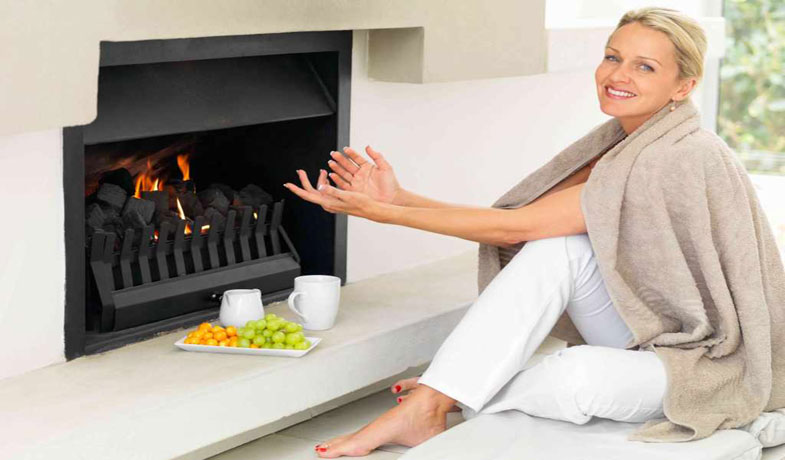Ugly blue, green, black or yellow spots and a typical musty smell indicate that there is an urgent need for action: If there is more than 20 square centimeters of mold in the apartment, according to the Federal Environment Agency, expert advice and renovation should be carried out by a specialist. But even in less clear cases, experts know how to track down the mold and eliminate it.
If patients repeatedly complain of a runny nose, cough, conjunctivitis, headaches and fatigue in their own home, they should consider a mold-related illness and consult a specialist to be on the safe side. Allergic reactions to the fungal spores are responsible for some of the complaints mentioned. The allergist trained doctor can determine this with the help of special tests and a blood test. Often there is no allergy, but the various toxins released by the fungi lead to irritation of the skin and mucous membranes. Indirectly, mold also causes problems for house dust mite allergy sufferers because the mites feed on the fungi and thrive particularly well in rooms infected with fungi. Those who live in an environment contaminated with fungi are also more likely to develop asthma. Dampness and mold in the home increase the risk of illness, especially for children.
Luckily, you can do a lot yourself to prevent mold from forming in the first place. The most important thing is correct heating and ventilation – the air content of the apartment should be completely replaced about seven times a day. Repeated burst ventilation of 5 to 10 minutes each has proven to be effective. On the other hand, it is better to avoid permanent “tilt ventilation” because this causes the wall surfaces above and to the side of the window to cool down significantly and the water to condense on them. And here are some more tips against mold:
Especially in the bathroom, ventilate well after showering and carefully wipe off any traces of water. If there is no window in the bathroom, it must be ensured that the built-in ventilation system works properly and that the filters are cleaned or replaced regularly. The heating in the bathroom should not be switched off in winter, otherwise the bathroom will dry out too slowly. An extractor hood should be installed in the kitchen to direct the exhaust air outside. On the outside walls, the furniture should be placed at a minimum distance of ten centimeters from the wall so that air can circulate. Do not use paint or wallpaper that creates an airtight seal on the walls. If possible, do not dry laundry in the apartment, but rather in the fresh air or in the attic. If you suspect mold contamination in the apartment, contact the health department.
If you follow these tips, you usually don’t have to worry about mold forming, even if the humidity is temporarily increased or the room temperature is reduced.
Further topics on health and medicine
